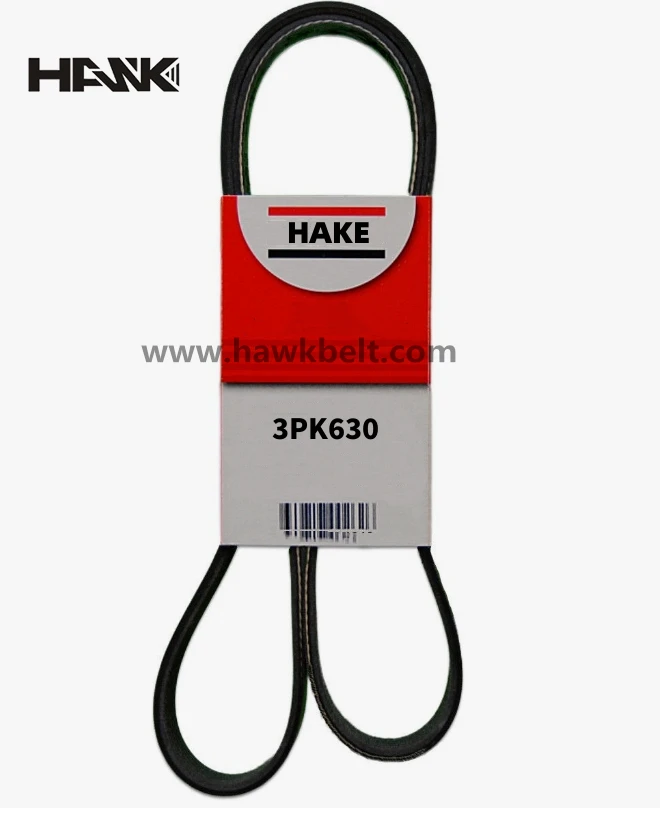- Arabic
- French
- Russian
- Spanish
- Portuguese
- Turkish
- Armenian
- English
- Albanian
- Amharic
- Azerbaijani
- Basque
- Belarusian
- Bengali
- Bosnian
- Bulgarian
- Catalan
- Cebuano
- Corsican
- Croatian
- Czech
- Danish
- Dutch
- Afrikaans
- Esperanto
- Estonian
- Finnish
- Frisian
- Galician
- Georgian
- German
- Greek
- Gujarati
- Haitian Creole
- hausa
- hawaiian
- Hebrew
- Hindi
- Miao
- Hungarian
- Icelandic
- igbo
- Indonesian
- irish
- Italian
- Japanese
- Javanese
- Kannada
- kazakh
- Khmer
- Rwandese
- Korean
- Kurdish
- Kyrgyz
- Lao
- Latin
- Latvian
- Lithuanian
- Luxembourgish
- Macedonian
- Malgashi
- Malay
- Malayalam
- Maltese
- Maori
- Marathi
- Mongolian
- Myanmar
- Nepali
- Norwegian
- Norwegian
- Occitan
- Pashto
- Persian
- Polish
- Punjabi
- Romanian
- Samoan
- Scottish Gaelic
- Serbian
- Sesotho
- Shona
- Sindhi
- Sinhala
- Slovak
- Slovenian
- Somali
- Sundanese
- Swahili
- Swedish
- Tagalog
- Tajik
- Tamil
- Tatar
- Telugu
- Thai
- Turkmen
- Ukrainian
- Urdu
- Uighur
- Uzbek
- Vietnamese
- Welsh
- Bantu
- Yiddish
- Yoruba
- Zulu
ታኅሣ . 16, 2024 06:42 Back to list
poly v belt material
Understanding Poly V-belt Material Key Features and Applications
The Poly V-belt, also known as the Poly-V or Micro-V belt, represents a significant advancement in the design and functionality of belt drives. It is characterized by a series of parallel grooves or ribs on the inside surface, which work together to transfer power from one pulley to another with improved grip and efficiency. The selection of materials used in Poly V-belts is crucial to their performance, reliability, and longevity in various applications.
Composition of Poly V-belt Materials
Poly V-belts are typically manufactured from a blend of synthetic materials, including rubber and polyester. The core components include
1. Elastic Rubber Compounds This serves as the principal material for the outer cover and the ribs. Typical rubber compounds include EPDM (Ethylene Propylene Diene Monomer) and CR (Chloroprene Rubber), which provide excellent wear resistance, flexibility, and resistance to heat and ozone.
2. Reinforcement Fabrics Polyester and, at times, nylon fabrics are used to enhance the tension and stability of the belt. The reinforcement materials contribute to the tensile strength and help maintain the belt's shape under varying loads.
3. Additives and Coatings Various chemical additives may be added to improve specific properties such as abrasion resistance, flexibility, and environmental resistance. Additionally, the outer surface may be coated with materials that further enhance grip and reduce slippage.
Key Features of Poly V-belts
Poly V-belts offer numerous advantages compared to traditional flat or V-belts.
- Compact Design Due to their small cross-section and multiple ribs, Poly V-belts can be fitted into tighter spaces while still transmitting high power levels. This compactness allows for more flexible design options in machinery.
- High Power Transmission The increased contact surface area between the belt and the pulleys enables a more effective power transfer, resulting in less energy loss and higher efficiency.
- Reduced Noise and Vibration The design of Poly V-belts minimizes noise levels and vibrations during operation, contributing to a smoother performance of machinery.
- Versatility Poly V-belts can be used in various applications across multiple industries, such as automotive, industrial machinery, and home appliances
.poly v belt material

Applications of Poly V-belts
Poly V-belts are widely utilized in numerous sectors owing to their reliability and performance efficiencies. Some key applications include
1. Automotive Industry In vehicles, Poly V-belts are primarily used to drive accessories such as alternators, power steering pumps, and air conditioning compressors. Their ability to handle multiple functions in a compact form makes them ideal for modern automotive design.
2. Industrial Equipment In manufacturing and other industrial settings, Poly V-belts are used to drive conveyor systems, fans, and other machinery. Their durability under high loads and varying environmental conditions ensures continuous operation and minimizes the need for frequent replacements.
3. Home Appliances Many household appliances, such as washing machines and vacuum cleaners, utilize Poly V-belts for operation. Their efficiency and compactness enable designs that save space while maximizing performance.
Maintenance and Longevity
To ensure the longevity and optimal performance of Poly V-belts, regular maintenance is crucial. This includes
- Inspection Regularly checking for signs of wear, cracking, or fraying can help identify potential issues before they result in failure.
- Proper Tensioning Maintaining the correct tension in the belt is essential for efficient operation. A belt that is too loose may slip, while a belt that is too tight may cause excessive wear on both the belt and pulleys.
- Environmental Considerations Keeping the belt away from extreme temperatures, oils, and dust can significantly extend its lifespan. Therefore, it's important to understand the operational environment and select the appropriate belt material that can withstand specific conditions.
Conclusion
In conclusion, Poly V-belts represent a remarkable evolution in belt technology, characterized by their efficient power transmission capabilities and versatility across various applications. The selection of proper materials in their construction underpins their performance, making them an essential component in automotive, industrial, and household applications. Regular maintenance and awareness of their operating conditions can further enhance the longevity and efficiency of Poly V-belts, ensuring they continue to play a vital role in modern machinery and equipment.
-
Korean Auto Parts Timing Belt 24312-37500 For Hyundai/Kia
NewsMar.07,2025
-
7PK2300 90916-T2024 RIBBED BELT POLY V BELT PK BELT
NewsMar.07,2025
-
Chinese Auto Belt Factory 310-2M-22 For BMW/Mercedes-Benz
NewsMar.07,2025
-
Chinese Auto Belt Factory 310-2M-22 For BMW/Mercedes-Benz
NewsMar.07,2025
-
90916-02660 PK Belt 6PK1680 For Toyota
NewsMar.07,2025
-
drive belt serpentine belt
NewsMar.07,2025

